See also
- Frans Blom, a Danish explorer and archaeologist, also known as Frants Ferdinand Blom
- Franz von Dingelstedt, a German poet, also known as Franz Ferdinand, Freiherr von Dingelstedt
- Franc Fernandez, an Argentinian fashion designer
Archduke Franz Ferdinand was the heir to the Austro-Hungarian throne whose assassination precipitated World War I.
Franz Ferdinand may also refer to:
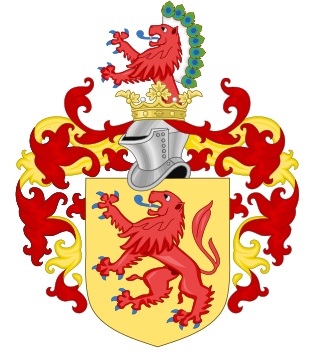
The House of Habsburg, also known as the House of Austria, was one of the most prominent and important dynasties in European history.

Franz Joseph I or Francis Joseph I was Emperor of Austria, King of Hungary, and the ruler of the other states of the Habsburg monarchy from 2 December 1848 until his death in 1916. In the early part of his reign, his realms and territories were referred to as the Austrian Empire, but were reconstituted as the dual monarchy of the Austro-Hungarian Empire in 1867. From 1 May 1850 to 24 August 1866, he was also president of the German Confederation.
Elisabeth of Austria may refer to:

Sophie, Duchess of Hohenberg was the wife of Archduke Franz Ferdinand of Austria, the heir to the Austro-Hungarian throne. Their assassination in Sarajevo sparked a series of events that led, four weeks later, to World War I.
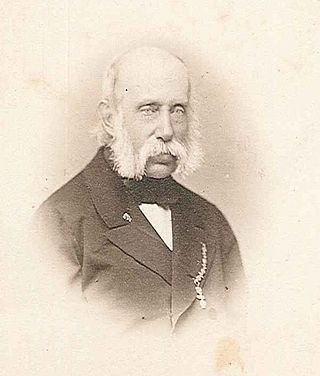
Archduke Franz Karl Joseph of Austria was a member of the House of Habsburg-Lorraine. He was the father of two emperors: Franz Joseph I of Austria and Maximilian I of Mexico. Through his third son Karl Ludwig, he was the grandfather of Archduke Franz Ferdinand of Austria – whose assassination sparked the hostilities that led to the outbreak of World War I.

Franz Ferdinand are a Scottish rock band formed in Glasgow in 2002. The band's original line-up was composed of Alex Kapranos, Nick McCarthy, Bob Hardy and Paul Thomson. Julian Corrie and Dino Bardot joined the band in 2017 after McCarthy left during the previous year, and Audrey Tait joined the band after Thomson left in 2021. The band is one of the more popular post-punk revival bands, garnering multiple UK top 20 hits. They have been nominated for several Grammy Awards and have received two Brit Awards—winning one for Best British Group—as well as one NME Award.

The House of Lorraine originated as a cadet branch of the House of Metz. It inherited the Duchy of Lorraine in 1473 after the death without a male heir of Nicholas I, Duke of Lorraine. By the marriage of Francis of Lorraine to Maria Theresa of Austria in 1736, and with the success in the ensuing War of the Austrian Succession (1740–1748), the House of Lorraine was joined to the House of Habsburg and became known as the House of Habsburg-Lorraine. Francis, his sons Joseph II and Leopold II, and his grandson Francis II were the last four Holy Roman emperors from 1745 until the dissolution of the empire in 1806. The House of Habsburg-Lorraine inherited the Habsburg Empire, ruling the Austrian Empire and then Austria-Hungary until the dissolution of the monarchy in 1918.
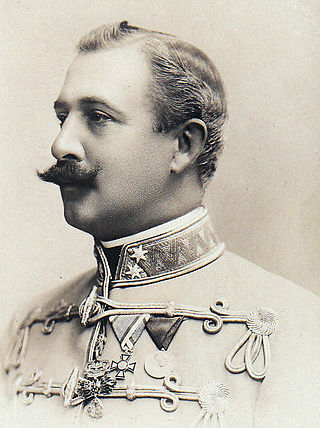
Archduke Otto Franz Joseph Karl Ludwig Maria of Austria was the second son of Archduke Karl Ludwig of Austria and his second wife, Princess Maria Annunziata of Bourbon-Two Sicilies. He was the father of Charles I of Austria, the final Emperor of Austria.
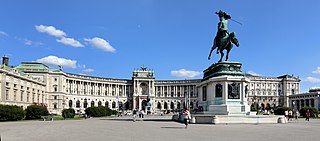
The Hofburg is the former principal imperial palace of the Habsburg dynasty in Austria. Located in the centre of Vienna, it was built in the 13th century and expanded several times afterwards. It also served as the imperial winter residence, as Schönbrunn Palace was the summer residence. Since 1946, it is the official residence and workplace of the president of Austria.

Artstetten Castle is a historic Schloss near the Wachau valley in Lower Austria, in the municipality of Artstetten-Pöbring. It is the final resting place of Archduke Franz Ferdinand of Austria and his wife Sophie, Duchess of Hohenberg.

Archduke Joseph Ferdinand of Austria, full name Joseph Ferdinand Salvator Maria Franz Leopold Anton Albert Johann Baptist Karl Ludwig Rupert Maria Auxilatrix; 24 May 1872 – 28 August 1942, was an Austro-Hungarian Archduke, military commander, from 1916 Generaloberst, and early advocate of air power. He later retired to live as a common citizen of Austria, and was briefly imprisoned in Dachau during the Nazi era.
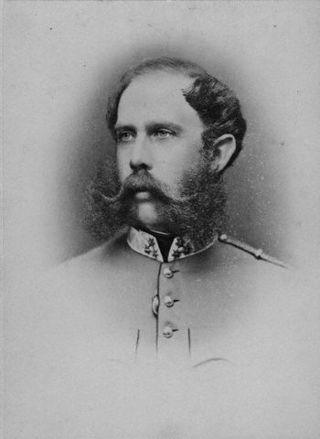
Archduke Karl Ludwig Josef Maria of Austria was the younger brother of both Franz Joseph I of Austria and Maximilian I of Mexico, and the father of Archduke Franz Ferdinand of Austria (1863–1914), whose assassination ignited World War I. His grandson was the last emperor of Austria, Charles I.

Archduke Franz Ferdinand Carl Ludwig Joseph Maria of Austria was the heir presumptive to the throne of Austria-Hungary. His assassination in Sarajevo was the most immediate cause of World War I.
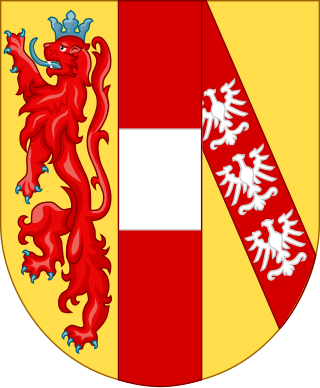
The House of Habsburg-Lorraine originated from the marriage in 1736 of Francis III, Duke of Lorraine and Bar, and Maria Theresa of Austria, later successively Queen of Bohemia, Queen of Hungary, Queen of Croatia and Archduchess of Austria. Its members are the legitimate surviving line of both the House of Habsburg and the House of Lorraine and inherit their patrimonial possessions from their female line of the House of Habsburg and from the male line of the House of Lorraine.

Ambras Castle is a Renaissance castle and palace located in the hills above Innsbruck, Austria. Ambras Castle is 632 metres (2,073 ft) above sea level. Considered one of the most popular tourist attractions of the Tyrol, Ambras Castle was built in the 16th century on the spot of an earlier 10th-century castle, which became the seat of power for the Counts of Andechs. The cultural and historical importance of the castle is closely connected with Archduke Ferdinand II (1529–1595) and served as his family's residence from 1567 to 1595. Ferdinand was one of history's most prominent collectors of art. The princely sovereign of Tyrol, son of Emperor Ferdinand I, ordered that the medieval fortress at Ambras be turned into a Renaissance castle as a gift for his wife Philippine Welser. The cultured humanist from the House of Habsburg accommodated his world-famous collections in a museum: the collections, still in the Lower Castle built specifically for that museum's purpose, make Ambras Castle one of the oldest museums in the world.

The Order of Saint Stephen is an order of chivalry founded in 1764 by Maria Theresa. In 1938, Miklós Horthy took the rights and activities of Grand Master as Regent of Hungary. The name of the Order changed to the Royal Hungarian Order of Saint Stephen. The Order was terminated at the time of the proclamation of the Second Hungarian Republic in 1946. It was recreated in 2011 as the Hungarian Order of Saint Stephen, and to this day remains the highest order in Hungary.
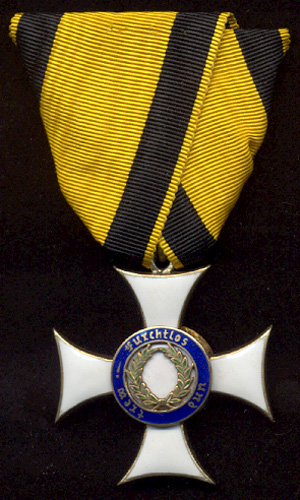
The Military Merit Order (Militärverdienstorden) was a military order of the Kingdom of Württemberg, which joined the German Empire in 1871. The order was one of the older military orders of the states of the German Empire. It was founded on 11 February 1759 by Karl Eugen, Duke of Württemberg as the Militär-Carls-Orden, and was renamed the Militärverdienstorden on 11 November 1806 by King Friedrich I. The order underwent several more revisions over the course of the 19th and early 20th centuries. It became obsolete with the fall of the Württemberg monarchy in the wake of Germany's defeat in World War I.

Josef Kriehuber was an Austrian lithographer and painter, notable for the high quality of his lithographic portraits. A prolific yet meticulous artist, he made numerous portraits for nobility, well-known personalities, and government officials. Josef Kriehuber left more than 3000 lithographs, with portraits of many people including some of the most illustrious figures of mid-19th century Central Europe.
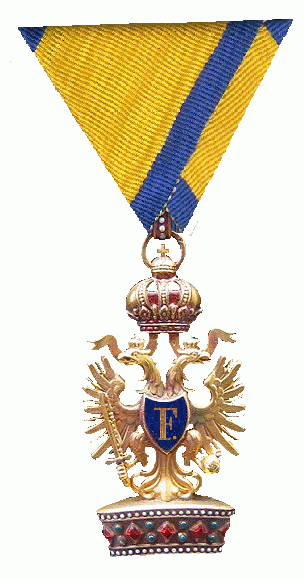
The Imperial Order of the Iron Crown was one of the highest orders of merit in the Austrian Empire and Austria-Hungary until 1918. It was founded in 1815 by Emperor Franz I of Austria as a re-establishment of the original Order of the Iron Crown, which previously had been an order of the Napoleonic Kingdom of Italy.
Franz is a German name and cognate of the given name Francis. Notable people named Franz include: